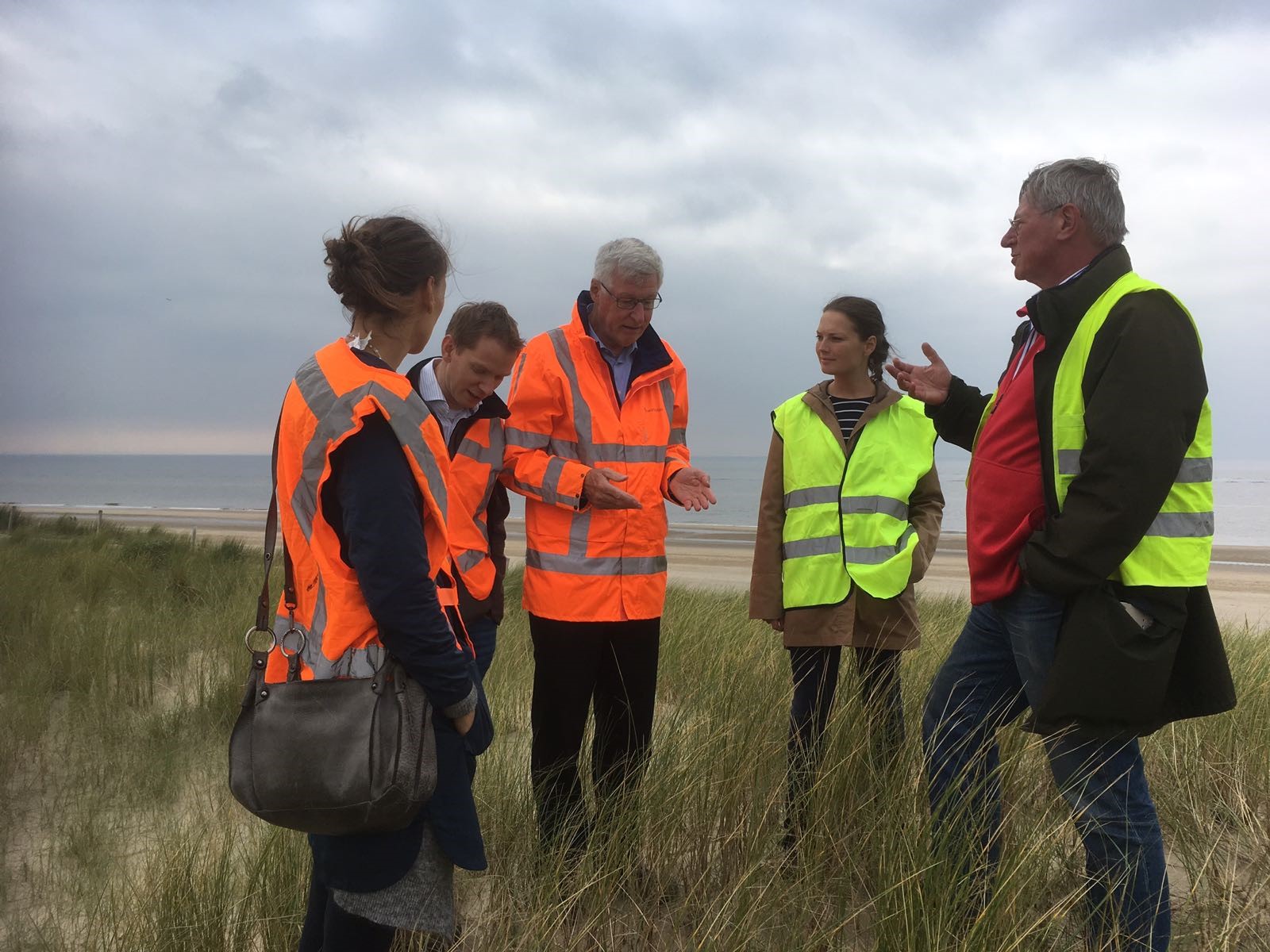The HPZ innovation project, nowadays referred to as Hondsbossche Duinen, lies 65 km north of Amsterdam. Since the summer of 2015 the project team has been collecting data here: We follow the profile developments in the area by flying 4 times a year with Lidar and we monitor the development of the vegetation both in the field as well as with aerial photographs. This valuable information is complemented by measurements such as soil samples, groundwater samples and salinity measurements. In addition, a group of experts enter the dune area twice a year to see and discuss the developments in the field. Within the HPZ innovation project, we measure until spring 2018. The second half of 2018 we use for further analysis and for translating our findings into generic lessons for future projects.
In anticipation of these findings, we can already draw some preliminary conclusions: we see that unrestrained dune development only occurs at the front side of the dunes. In many places embryonic dunes originate around autonomously established marram grass or rush grass. The dynamics are often relatively large, which makes that the relief gets more natural characteristics. In addition, we also see that the dune valley captures a lot of sand and that the water in the dune valley is slowly becoming more fresh.
We discussed these and other findings late September during the meeting of the six-monthly steering committee. After seeing the presentation of the results on the screen, the steering group visited the area led by Bert van der Valk to see the latest developments with its own eyes.

